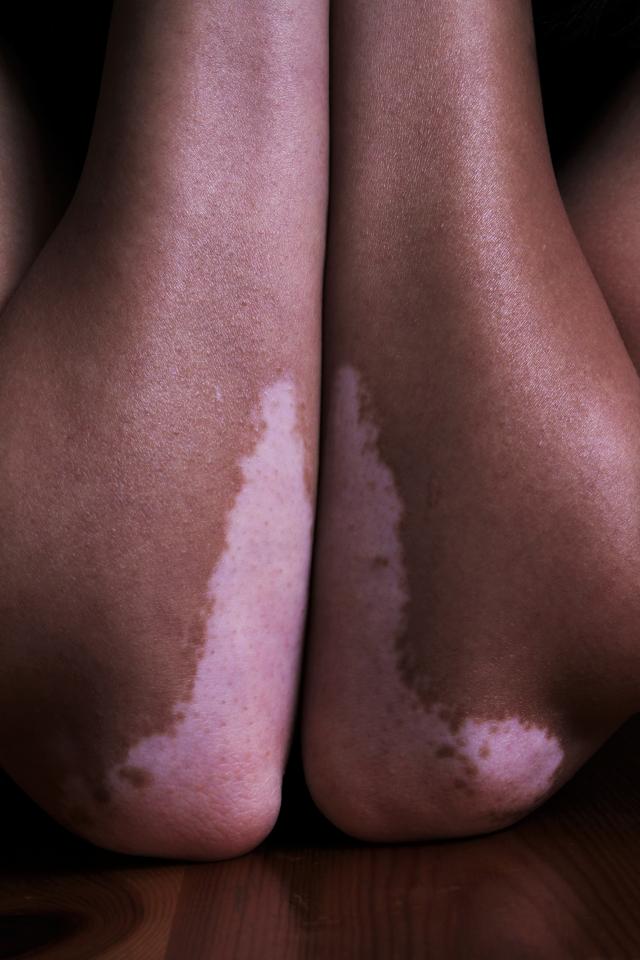By Jamie Salter
This World Vitiligo Day aims to bring awareness to the challenges of those living with the auto-immune condition.
Vitiligo is caused when the immune system attacks the pigment on the skin, which can lead to discolouration on the body.
Although two per cent of the population live with vitiligo, it is rarely discussed and can have a significant negative psychological impact on those with the condition.
Pakenham resident Nick first noticed a spot on his five year old daughter’s skin about a year ago.
He said he initially struggled to understand the condition.
“Our journey was quite horrible, we went through a lot of trauma,” he said.
“There’s no medicine for it and there’s no guarantee that the treatment will work – it’s different for everyone.”
Nick started taking his daughter to The Dermatology Clinic in Officer and she received UBV treatment three times a week.
The treatment worked for his daughter and the spots have now cleared, however, it can return at a later stage of life.
Nick now hopes to start a local support group for people impacted by vitiligo to gather and discuss the condition.
“Many people don’t want to speak about the condition because of the social stigma,” he said.
“The main reason is there’s a social stigma because you look different from other people, it means they’re too shy and not confident enough to go out.
“We never covered up our daughter’s vitiligo – we wanted to create an environment where she felt okay with her condition.“
Vitiligo Association of Australian president Adrian Mar said the skin condition was harmless.
“If it wasn’t for the appearance of it, we would just ignore it but while it’s medically not harmful, the psychological impact on the individual can be enormous and life-long,“ A/Prof Mar said.
“A third of cases occur in childhood and it causes a lot of distress when people aren’t familiar with it.“
Although vitiligo can be hereditary, it isn’t always the case.
The skin condition needs to be treated early and relies on pigment cells in the hair roots to colour the skin.
Areas of the body with less hair follicles are more difficult to recover.
Skin specialists can provide cortisone creams and a type of lightbox therapy two or three times a week.
The ultraviolet light stops the immune system attacking the skin and stimulates dormant pigment cells in the hair root to colour the skin.
Treatment may be needed for one or two years.
Mr Mar said World Vitiligo Day was about educating the public about vitiligo.
“We want to de-stigmatise this condition and make people aware that it’s more common than they realise,“ he said.
“It’s now a day across the world to support one another and send out educational messages and encourage those with vitiligo to share their own stories and experiences.“
Big name brands like Sportsgirl and Tommy Hilfiger have used models with vitiligo to promote their clothing which is helping to spread awareness of the condition.
World Vitiligo Day will be held on Saturday 25 June, the day singer Michael Jackson died – who also had vitiligo.







